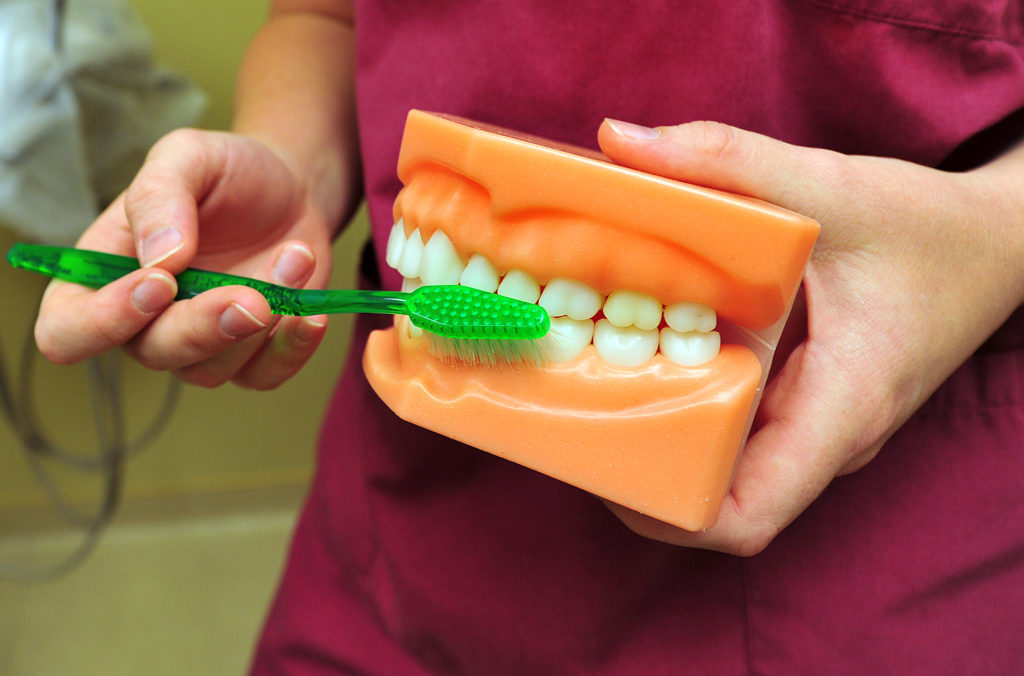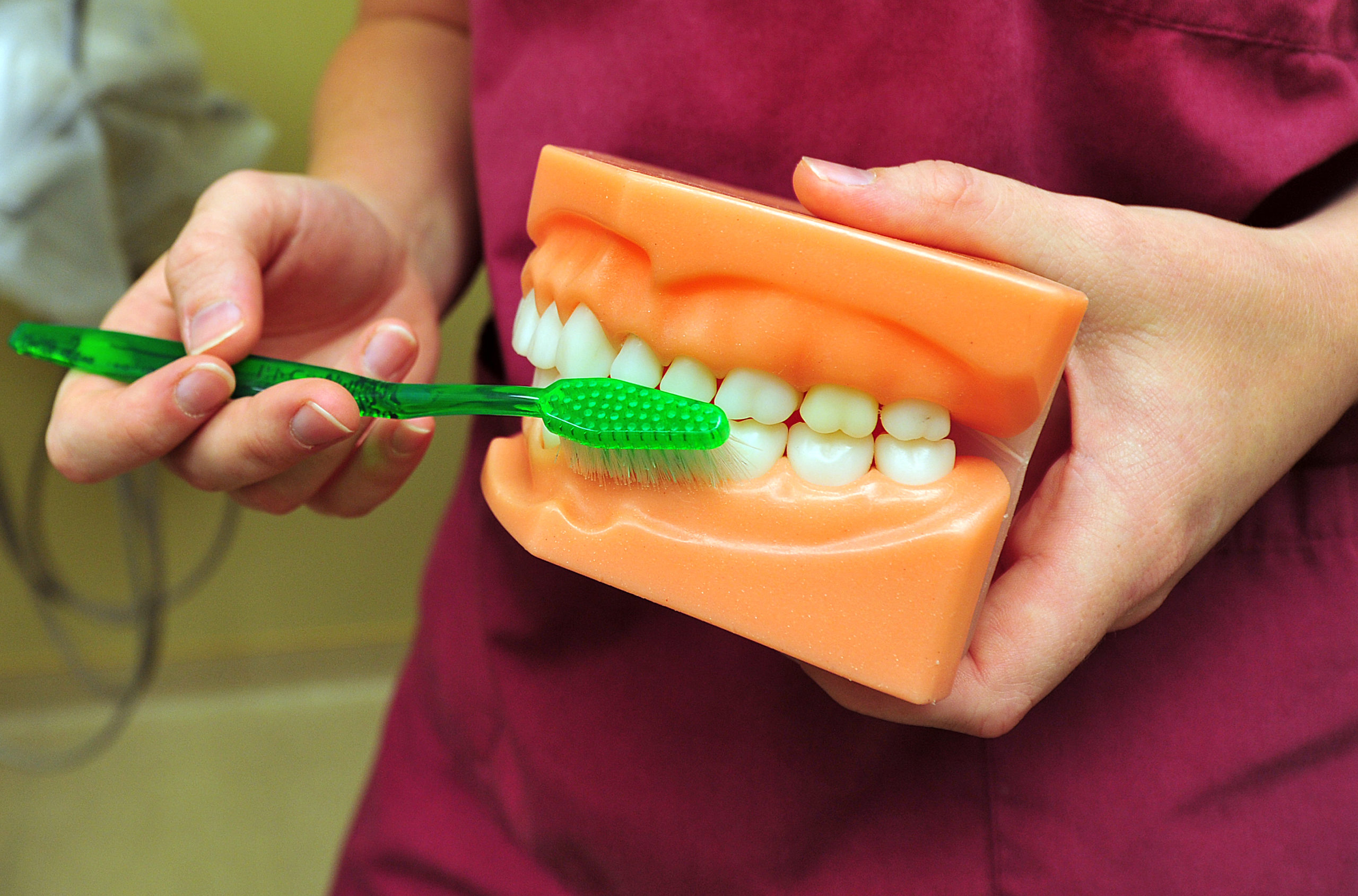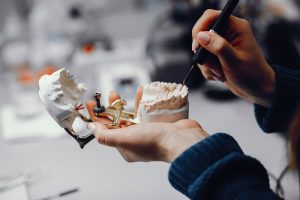Brushing and flossing are key steps for maintaining optimum oral hygiene. The American Dental Association (ADA) recommends you to brush your teeth for a full two minutes, twice a day. The ADA also suggests flossing at least once every day. However, the big question remains: is flossing more important than brushing? The answer surprisingly is ‘Yes’.

If done correctly, it plays a more important in removing plaque because it reaches the spots between your teeth and beneath the gums, unlike a brush that only cleans the front and back areas of the teeth. These hard-to-clean spots are the ones that promote the growth of the most dangerous microbes, failure to remove which can lead to serious problems, such as periodontist or gingivitis.
However, it is important to note that it is only effective if done correctly. The right way to floss involves doing it in a c-shape and reaching out to cover as much surface area of the tooth as possible. Be sure to floss up and down under the gum tissue and alongside its external surface. Good oral hygiene is not only important for keeping your breath smelling fresh, and your gums and teeth healthy, but it also helps prevent serious issues like a buildup of biofilm and gum disease. Gum disease, in turn, poses threat to heart health and increases the risk of diabetes.
So, the next time you brush your teeth, make sure to grab your floss as well. This easy habit of flossing once a day at least will not only help you improve your smile but your overall health as well. It is never a good idea to completely substitute brushing for flossing or flossing for brushing. You should be incorporating both in your oral hygiene routine to achieve the best results. It is a good idea to discuss the importance of flossing with your dentist and follow his/her advice.




